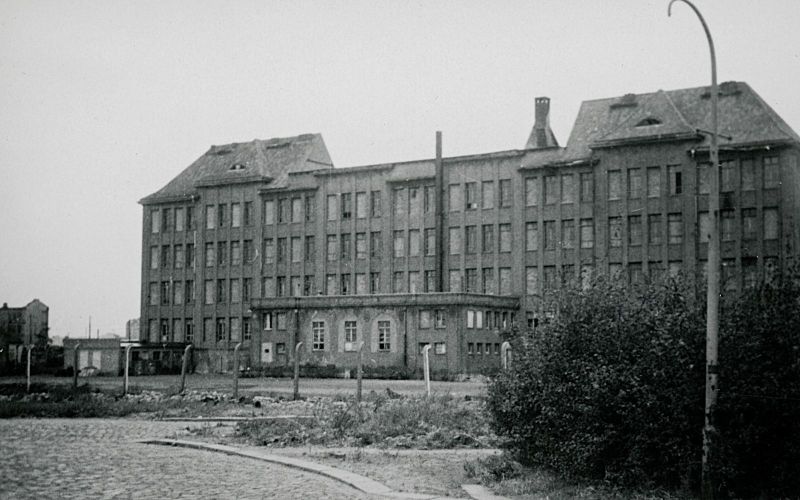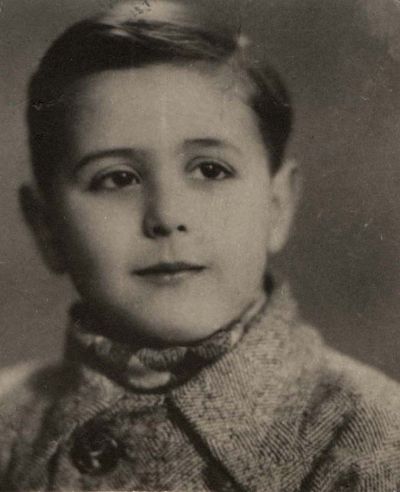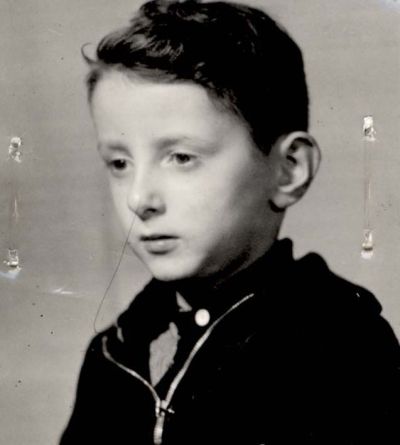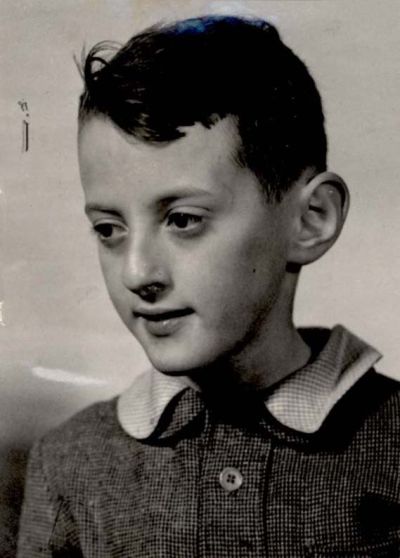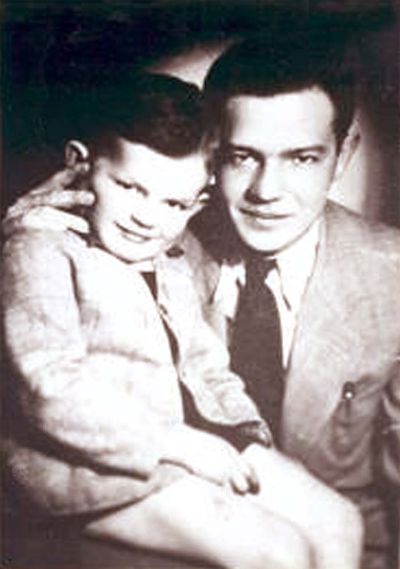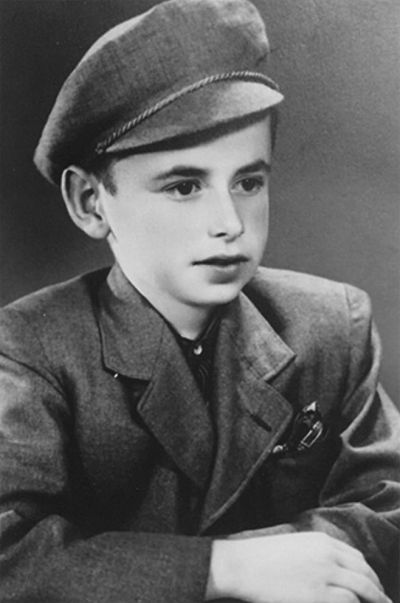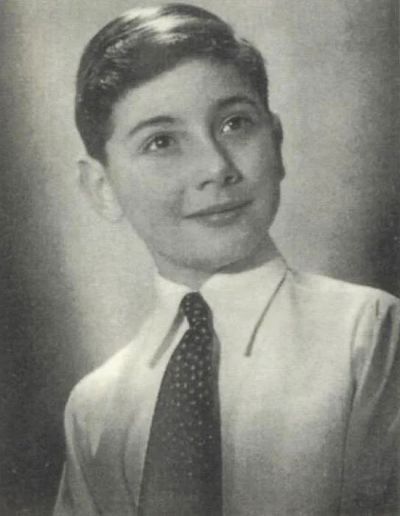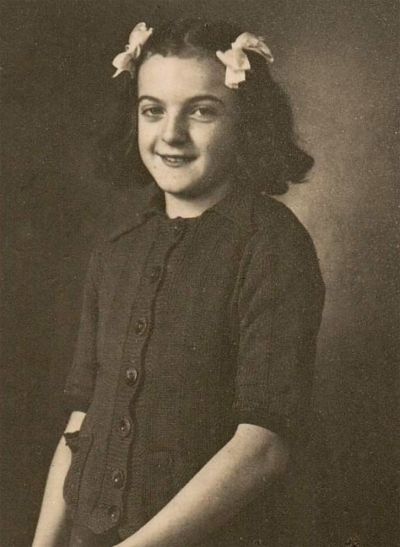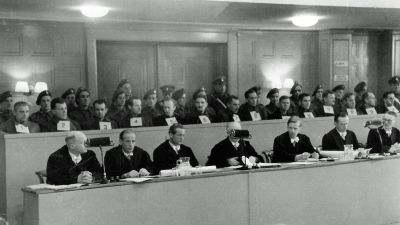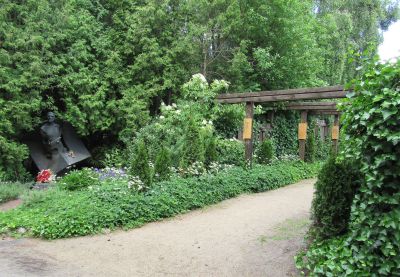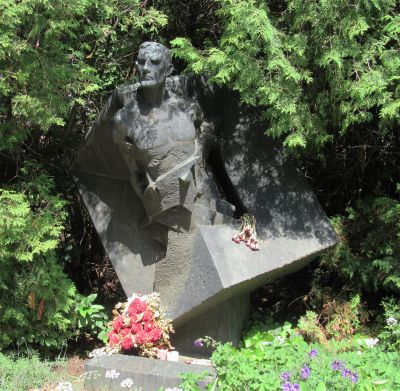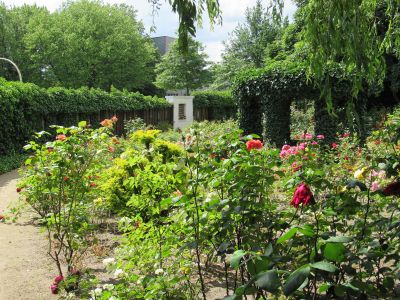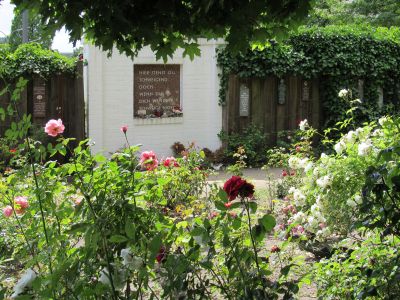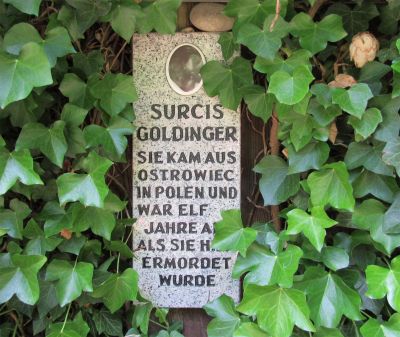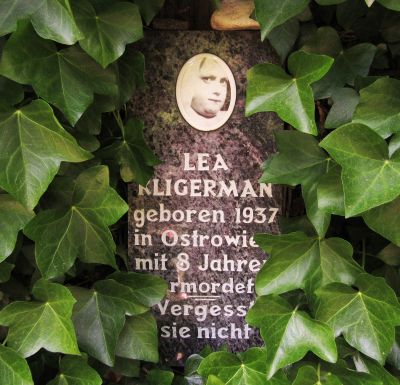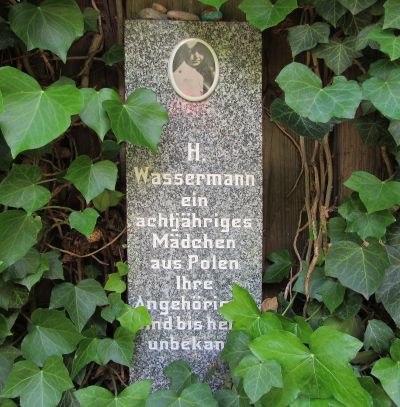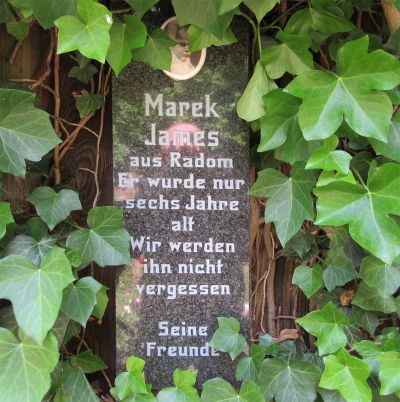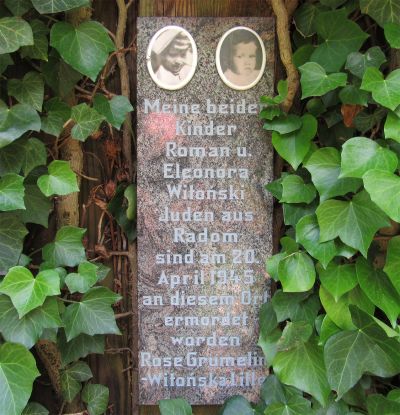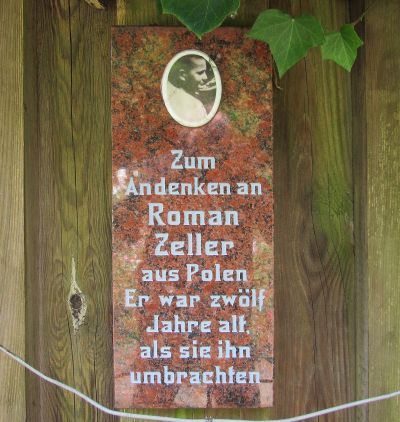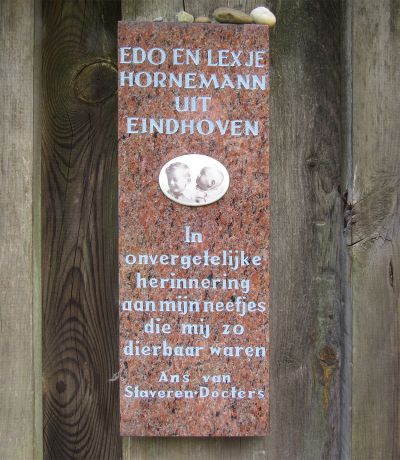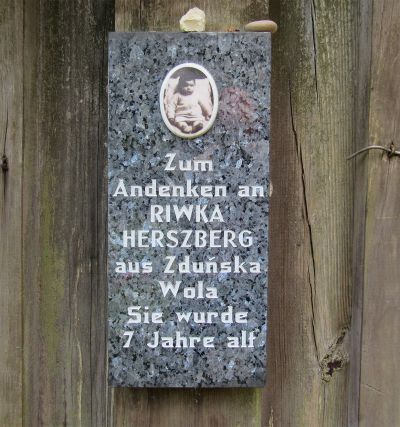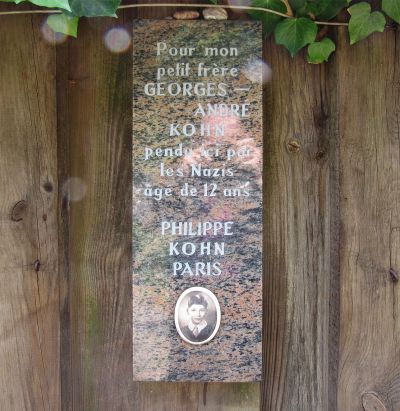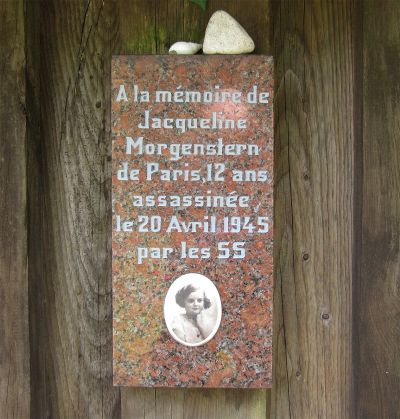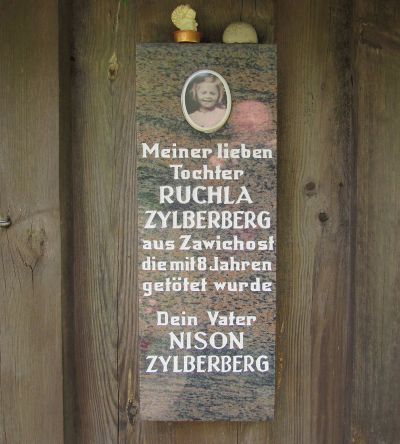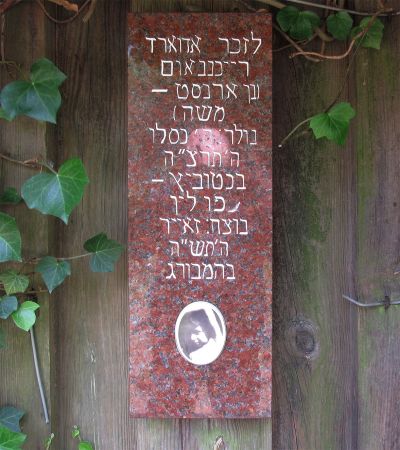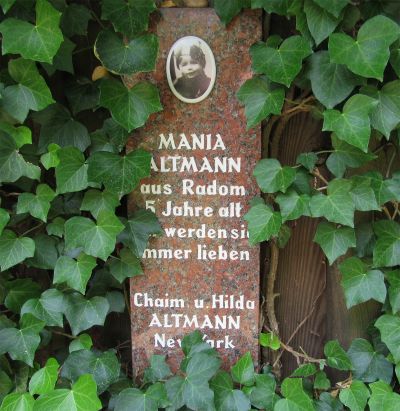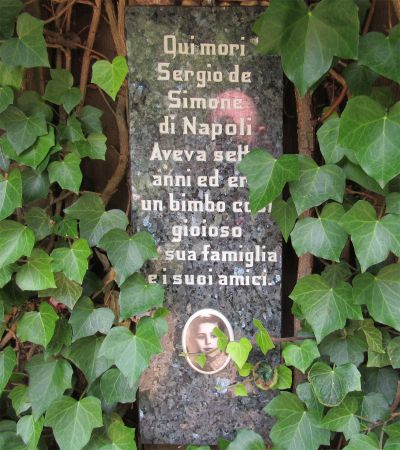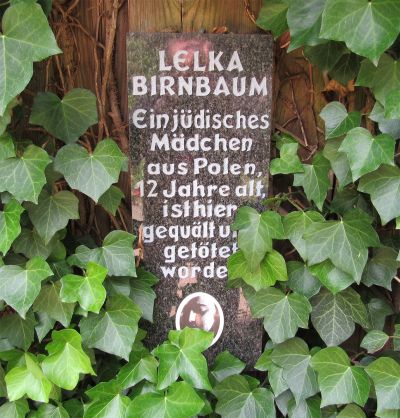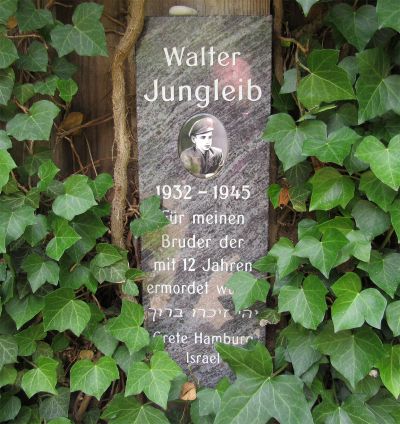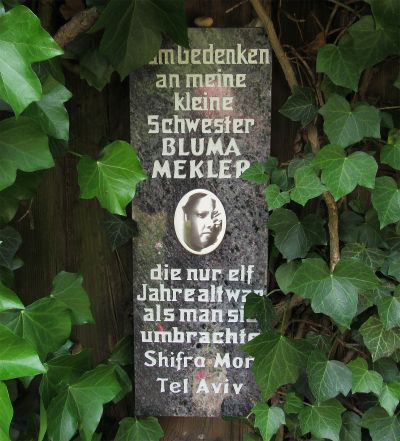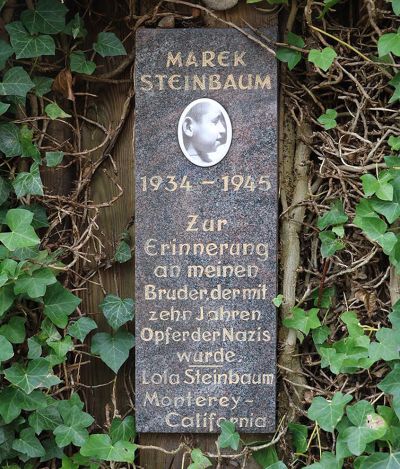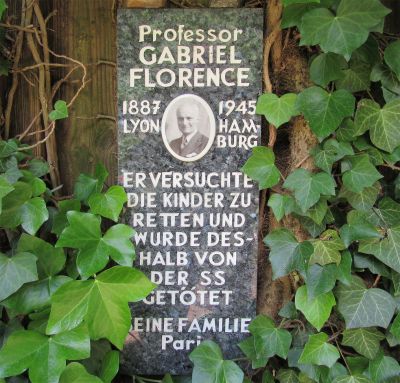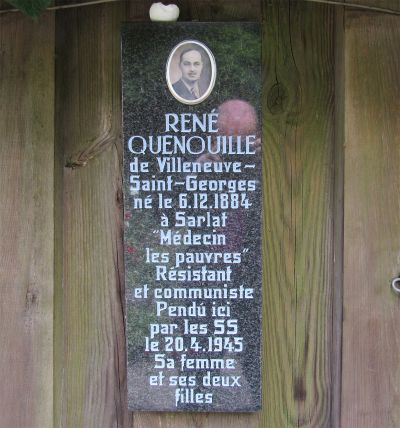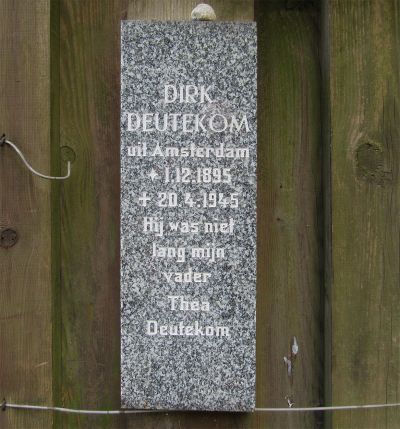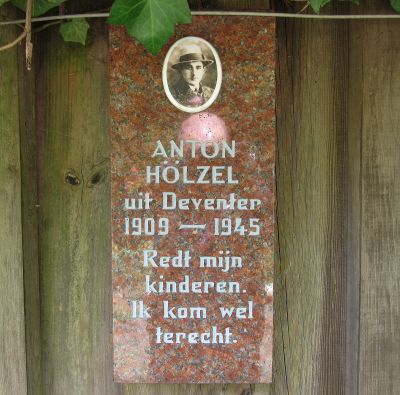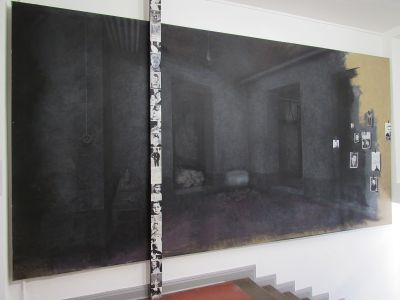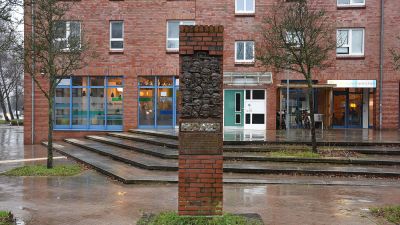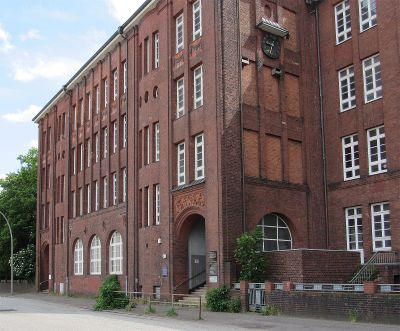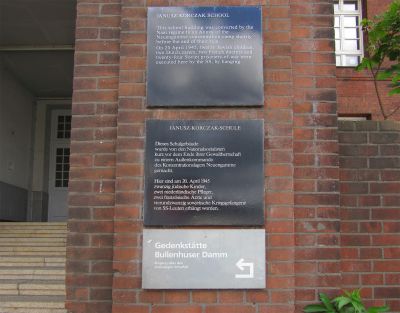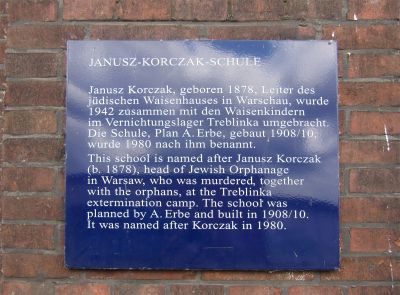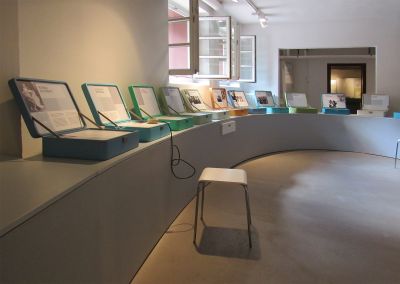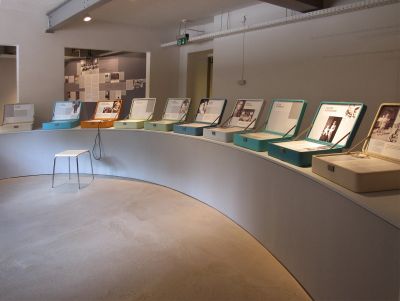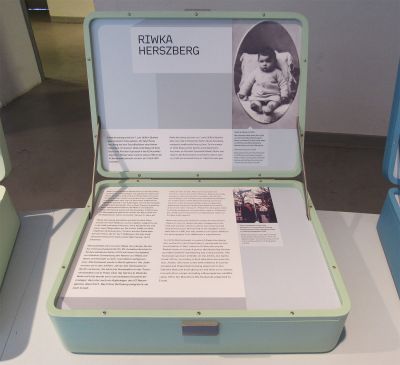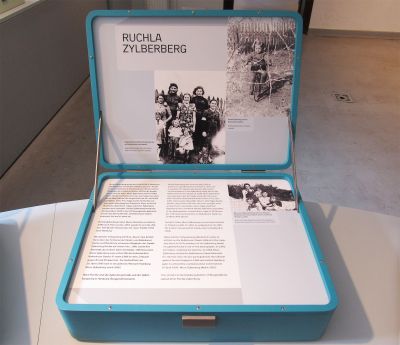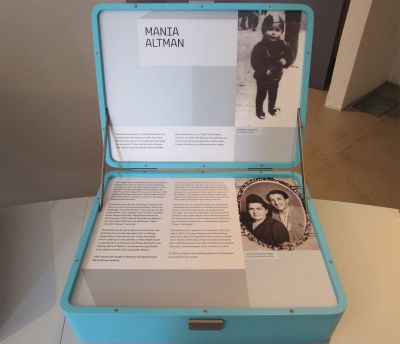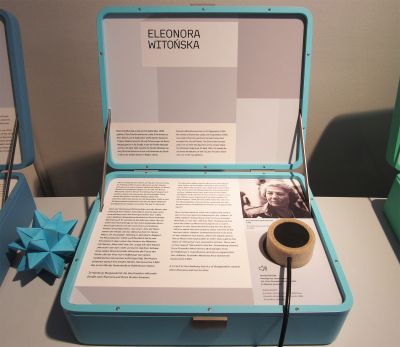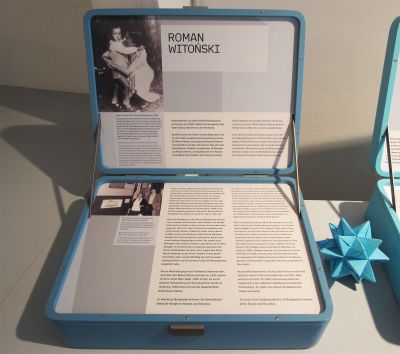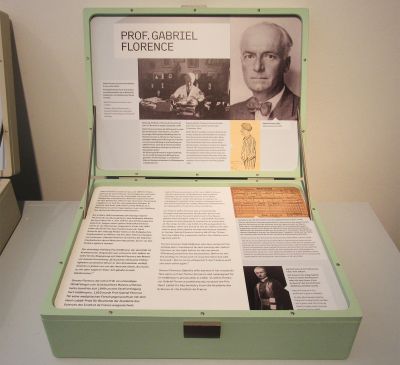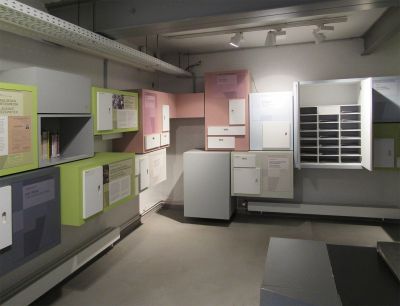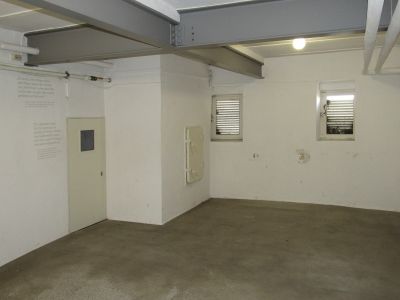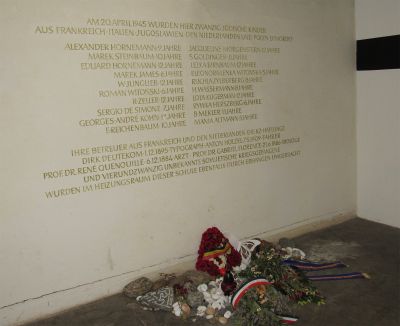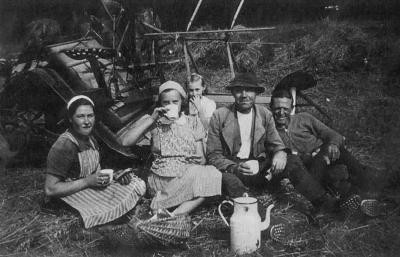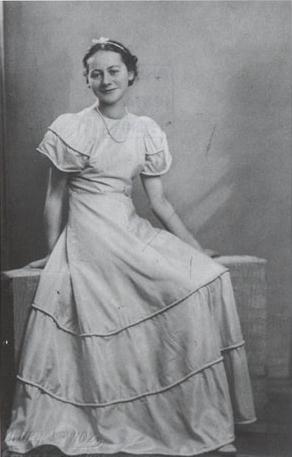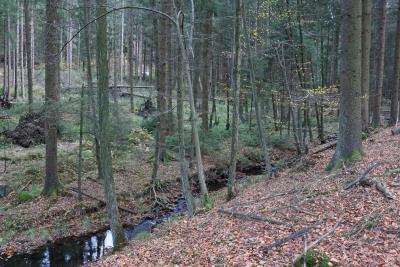The children of Bullenhuser Damm
Mediathek Sorted

Eduard Reichenbaum was born in Katowice, Poland, on 15 November 1934. He was the son of Sabina and Ernst Reichenbaum, who had another son, Jerzy, who was two years older. His father worked as an accountant in a German-language publishing house. Shortly before the outbreak of the Second World War, the family moved to Piotrków, the home of his grandparents. In 1943, they were interned by the German occupiers in the Bliżyn forced labour camp to the south-west of Radom, where Eduard and Jerzy were put to work producing socks for the German Wehrmacht. In September 1944, the family was deported to Auschwitz. Jerzy and his father were taken to the men’s camp, where Ernst Reichenbaum died in November 1944. Eduard and his mother were first brought to the women’s camp. However, like the mothers of Riwka Herszberg and Walter Jungleib, Sabina Reichenbaum was taken to the Lippstadt satellite camp in November 1944. Eduard was transferred to the children’s barracks, and moved to Neuengamme on 28 November 1944. He had turned ten two weeks previously. When Auschwitz was cleared, Jerzy was first taken to Sachsenhausen concentration camp, and then to Mauthausen. He survived, and succeeded in emigrating to Israel after liberation. His mother followed him there in 1947. In Israel, Jerzy renamed himself Ytzhak, and got married. He died in Haifa in 2020.
Marek Steinbaum (Szteinbaum, Sztajnbaum) was born in Radom on 26 May 1937. His parents were Mania, née Tauber, and Rachmiel Steinbaum. The family owned a small leather factory there. In March 1941, they were sent from the ghetto established by the German occupiers to the Pionki forced labour camp. From there, they were deported to Auschwitz, probably in early October 1944. From Auschwitz, his father was taken to the concentration camps at Buchenwald and Gross-Rosen, and to a satellite camp of the Natzweiler-Struthof camp near Stuttgart, where he survived the war. In November 1944, his mother was transported to the women’s satellite camp of the Gross-Rosen concentration camp, where the mothers of Marek James and of Eleonora and Roman Witoński were also incarcerated. She also survived. Marek was seven years old when he was taken to Neuengamme on 28 November 1944. After the end of the war, Rachmil and Mania Steinbaum lived in Memmingen. In 1947, they had a daughter. In 1949, the family emigrated to the US.
H. Wasserman, an eight-year-old girl from Poland, was probably born in 1937. Her surname, age, gender, and place of origin are only known from the list published by Dr. Henry Meyer in Copenhagen in 1945 in the book “Rapport fra Neuengamme”. The initials H.W. are also noted in a record by the camp doctor, Kurt Heißmeyer, who conducted medical experiments on the children.
Eleonora and Roman Witoński came from Radom in Poland. Roman was born on 8 June 1938, Eleonora on 16 September 1939. Together with their mother Rucza and their father Seweryn Witoński, a paediatrician, they were forced to live in the ghetto established by the German occupiers in the spring of 1941. Over the course of several days on around 21 March 1943, the German police in Radom and the surrounding localities organised the “Purim campaign”, during which around 150 Jews were murdered. Over a hundred people who had previously reported to the ‘Jewish Council’ (Judenrat) requesting permission to travel abroad, including the Witoński family, were taken to the Jewish cemetery in Szydłowiec, twenty kilometres south-west of Radom. On the way there, they were joined by two lorries with volunteers, who began shooting them when they reached the cemetery.[5] Seweryn Witoński was among those who were murdered. After some time, the shooting stopped for reasons that are not known. Seweryn’s wife and two children were found hiding behind a gravestone and were returned to the ghetto together with the other survivors. In late July of 1944, they were taken to Pionki forced labour camp, and from there to Auschwitz. Rucza Witoński survived the war, emigrated to France, married, and had another son. Under her new name, Rose Grumelin, she searched for her children for over 30 years. Finally, in 1981, she discovered what had happened to them in Hamburg. She saw them for the last time in November 1944, in Auschwitz: she was separated from them and sent to the women’s camp, while they were taken to the children’s barracks. When Roman and Eleonora were deported to Neuengamme a short time later, they were six and five years old respectively. Rose Grumelin died in 2012 in Paris, aged 99.[6]
[5] Wolfgang Curilla: Der Judenmord in Polen und die deutsche Ordnungspolizei 1939–1945, Paderborn 2011, page 483. See also: Szydłowiec, at: Cmentarze żydowskie w Polsce, https://bloodandfrogs.com/wp-content/uploads/encyclopedia/poland/kirkuty/szydlowiec.htm
[6] For more detail, see http://media.offenes-archiv.de/Koffer_Kind_H_17_Witonski_110228_1.pdf

















































































